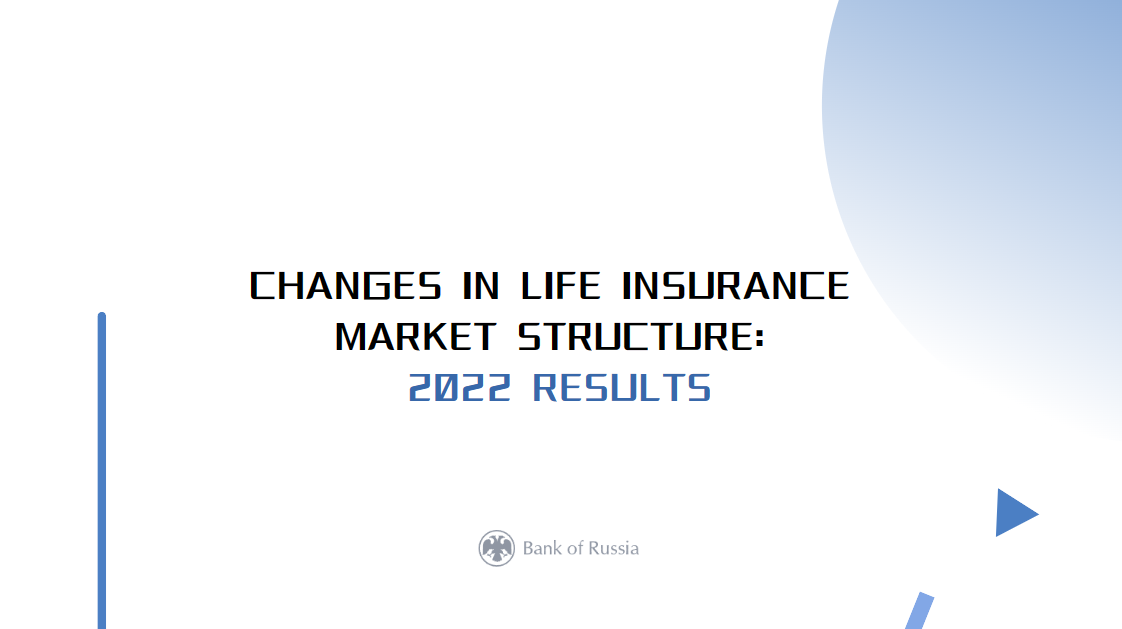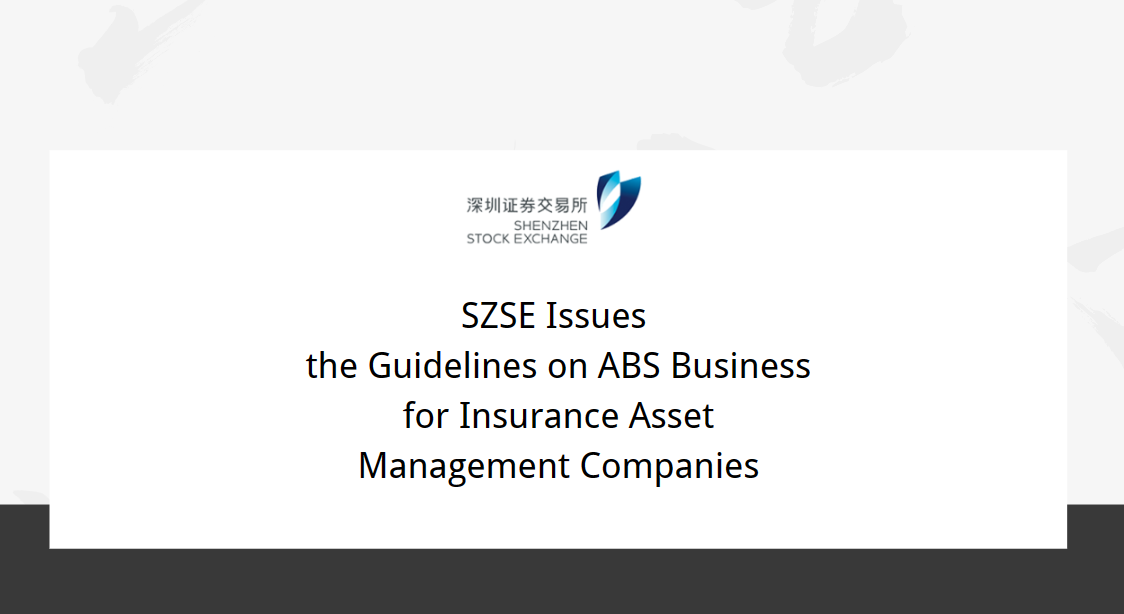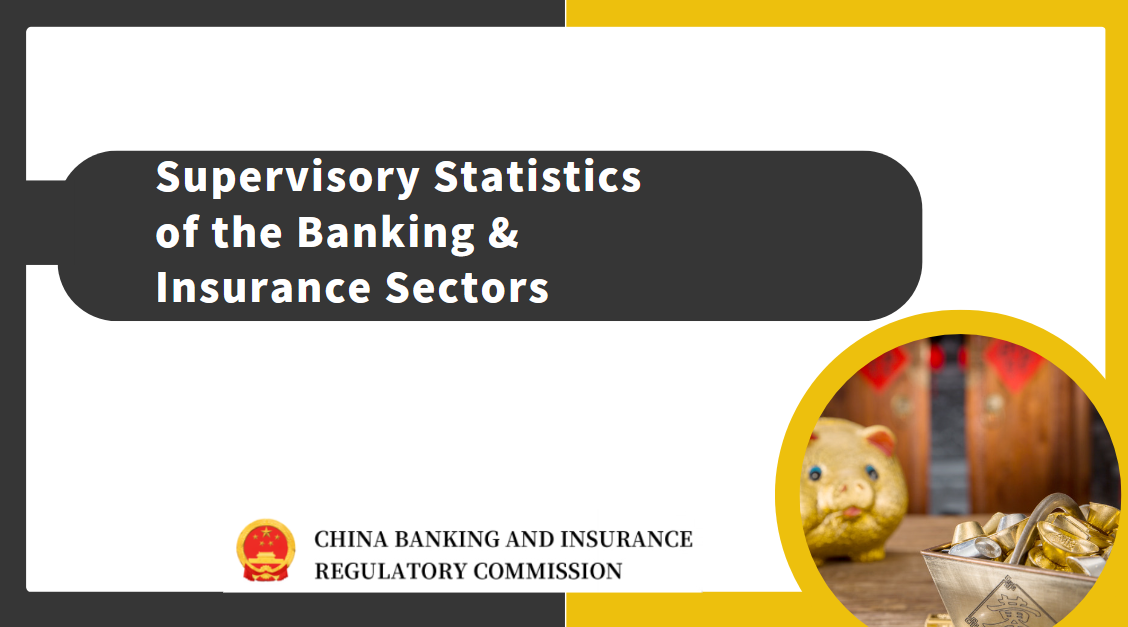"No Free Soloing"
Mr Dennis Tan, President of LIA Singapore
Distinguished guests
Ladies and gentlemen
Thank you for inviting me to speak at today's luncheon.
Let me first congratulate Dennis and the new LIA Management Committee on their appointments. I have every confidence that you will continue the good work of the outgoing team under the leadership of Mr Khor Hock Seng.
As we gather like this for the first time since 2019, I think it is important for us to reflect on the key role that the insurance industry plays in supporting the real economy.
In 2018, rock climber Alex Honnold became the first person to scale El Capitan in Yosemite National Park without ropes or other safety equipment. El Capitan is a vertical rock formation that is more than 900 metres tall – 3 times the height of the Eiffel Tower. This epic feat was captured in a National Geographic documentary released in the same year called “Free Solo”, which refers to this dangerous style of climbing where falls can be fatal.
Some of us may have tried our hand at rock climbing before, albeit probably on an artificial wall. But I’m pretty sure many of us would not do so without a rope firmly attached and someone credible belaying us from below. That secure rope essentially enables us to reach goals we would not otherwise be able to.
Insurance is a lot like that rope – it is a critical enabler. In most financial planning conversations, insurance forms a foundational piece that needs to be put in place before discussions around investments or boosting returns. Without life and health insurance, meeting of one’s financial goals, such as retirement planning, can be more difficult, and one could also end up excessively hoarding cash for a rainy day. In climbing terms, we would end up “bouldering” and not go very far.
In order for insurers to enable people to reach greater heights, you need to have both the ability and commitment to do the right thing. The rope needs to be strong, and the belayer needs to be paying attention.
Ability
Financial Risks
Let’s first talk about ability. A life insurer’s financial strength to continue operating over the longer term is fundamental to why people are willing to pay money upfront for benefits that they are likely to only receive far into the future. This boils down to strong product design, underwriting and reinsurance management on the liabilities side, coupled with prudent investments on the asset side.
This task is well-understood, but the current confluence of geopolitical tensions, higher inflation and an economic slowdown makes risk management particularly challenging. The recent collapse of Silicon Valley Bank (SVB) is a grim reminder of what can happen when asset and liability management is not done well.
Transmission channels of shocks may not always be clear as well. While higher interest rates can be net positive for life insurers with longer duration liabilities, insurers also need to watch out for the risk of yield inversion. The disruptions magnified by the Liability-Driven Investment (LDI) funds in the UK are an example of how volatility, which we are seeing more of today, can quickly propagate in unexpected ways.
Among the contributors to the LDI funds spiral and the downfall of SVB were liquidity issues. Incidentally, liquidity risk was also an area we had provided more guidance on in our revised Notice on Enterprise Risk Management. The revised Notice recently took effect on 1 January 2023. I recognise that liquidity risk is not something that typically ranks high on an insurer’s agenda relative to the other risks being managed, but it does warrant closer attention, especially in the current environment where markets are on edge.
Non-Financial Risks
Apart from financial resilience, operational resilience is also an important part of being dependable.
Digital adoption accelerated during the COVID-19 period and has enhanced your ability to deliver services to customers, whether through digital touchpoints, or by equipping your representatives with better information to provide more personalised advice. Remote working, cloud adoption and enhanced data analytics help drive greater efficiencies that should translate into better value for customers.
However, digitalisation is double-edged. As the financial industry expands its digital footprint, the number of cyber-attacks has also risen in tandem. Statistics around this are not easy to come by as not all firms will be forthcoming about having been attacked. But surveys do indicate that the direction of travel is upwards, whether in terms of attacks sustained or average amount of ransom paid globally.
As custodians of sensitive information, insurers need to put in place strong controls to prevent data loss. Good cyber hygiene must be firmly enforced – it is called “hygiene” after all. Many of the cyber breaches that occurred globally could have been avoided through basic controls, such as vulnerability and patch management, security baseline configurations, and privileged access management.
It is important to also remember that operational resilience extends beyond the boundaries of your organisation and includes the third-party service providers that you engage. The Third Party Service Due Diligence Guidelines developed by the Insurance Standing Committee for Cyber Security (ISCCS) is a useful reference in this regard. The Financial Stability Board (FSB) will also be issuing a consultative document later this year aimed at strengthening financial institutions’ ability to manage third-party and outsourcing risk.
Commitment
Treating Customers Right
So we’ve talked about the ability to do the right thing. Now let’s shift gears and talk about actually doing so.
During the COVID-19 period, the insurance industry really stepped up to demonstrate how you support your customers during tough and uncertain times.
- LIA members collaborated on an industry-wide Deferred Premium Payment (DPP) scheme, where life insurers offered a grace period of up to six months to allow more time for customers to pay their premiums.
- When the DPP scheme ended after a year, case by case extensions were also made for customers who were still in need.
This collective effort helped to ensure that customers did not inadvertently lose coverage because of the cash flow challenges brought about by the pandemic. Actions speak louder than words and public trust in the industry was bolstered as a result.
Financial advisers play a central role in meeting the protection needs of consumers and giving them the confidence to go about their day to day. To do this well, we need competent representatives that have their customers’ interests at heart. Each errant representative taints the collective reputation of the industry and makes it more difficult for customers to trust advisers with their complete financial picture to receive proper advice.
A financial adviser can have a profound impact on an individual’s financial situation – for better or for worse. MAS and the industry have thus been working together to raise standards in the financial advisory space across the entire lifecycle of activities. We are living longer, so retirement, investment and healthcare needs are also evolving. This underscores the vital importance of sound financial and insurance planning.
On recruitment, MAS has issued consultation papers with proposals that aim to make sure that firms have good information about prospective representatives and employees, including any misconduct that may have happened in the past. I understand that the LIA has also tasked its Financial Advisory Agency sub-committee to develop an industry practice note on good recruitment. Such work to uplift the industry rightly sits at the core of LIA’s mandate and we hope it can be extended to other parts of the financial advisory lifecycle.
In the area of training, some insurers have partnered with the Institute of Banking and Finance and the Singapore College of Insurance to incorporate ethics into training programmes for their representatives. There are also tighter controls on agencies developing their own training materials, some of which in the past had wrongly taught representatives to compare endowment plans to fixed deposits in order to drive sales.
More can also be done in the area of detection. As representatives take to social media to promote their services, firms have a responsibility to detect signs of inappropriate marketing. MAS ourselves have been exploring social media listening tools to identify bad practices such as false or misleading advertisements. We have also seen increased efforts by firms to leverage data analytics, including predictive modelling, to put in place pre-emptive controls to detect and deter misconduct.
MAS recently consulted on the proposed revisions to the Guidelines on Fair Dealing. The proposed revisions include extending the Guidelines to other areas beyond sales advisory, such as product design, underwriting and claims processing. The Guidelines also emphasise supervisory expectations of the five fair dealing outcomes and we have included insurance-specific examples as well.
So how do we put a number to all these? Earlier this year, the Insurance Culture and Conduct Steering Committee conducted a survey for the inaugural Insurance Trust Index. The Index will measure the level of public trust towards insurers and insurance intermediaries and follows a similar survey that has been done for the banking industry. This is a good exercise for us to celebrate areas done well and reflect on opportunities for improvement.
Being an Enabler
One of the key issues that insurers will have to grapple with in the coming years is how to support the net zero transition. In MAS’ recent industry wide stress test, we introduced scenarios aimed at capturing the long-term effects of climate risk on insurers’ asset and insurance exposures.
Life insurers are exposed to transition risks through their investments in high-emitting and energy-intensive sectors. Insurers have a stewardship role in steering investee companies towards sustainable practices. We must not ignore the fact that we live in a region that is heavily reliant on coal and natural gas for electricity. A shift from brown to green cannot be made in a single leap and indiscriminate de-risking will not be helpful. Instead, insurers should have a credible transition planning process that references science-based pathways.
Insurers can also help to scale blended finance to accelerate the net zero transition. Blended finance synergises public and private capital to mobilise financing for projects that are marginally bankable. The long duration of such infrastructure projects is aligned with the investment profile of life insurers, so it is really about how to manage the risk-return trade off with better structuring.
I urge the industry to continue to push ahead with your efforts to address environmental risk as hesitation to act would be costly, both for yourselves and for the broader economy that you insure and finance.
Conclusion
In closing, I realise that a rock climbing analogy is probably not the best one to use in a room full of life insurers. I’m sure you all would prefer that the feet of your policyholders are firmly planted on the ground where it is safer. Yet life is sometimes also about taking reasonable risks in order to achieve one's goals.
The beauty of insurance lies in risk pooling. The protection that you offer your customers gives them peace of mind as they pursue their life goals, while being able to cater to the needs of their loved ones in the face of life's uncertainties.
Being an insurer that customers can trust goes beyond the technical elements of risk management, and extends to how you treat your customers from the point of sale to the time when claims are filed. It is an enormous responsibility and I know it is one that you all do not take lightly. Increasingly, doing the right thing is also about how you choose to deploy your capital for broader benefit, and this is most clear today in the sustainability space.
Looking forward, MAS remains committed to working with the industry to maintain this trust that we have built up together over the years.
Thank you for your kind attention. I wish you an enjoyable lunch.





















































First, please LoginComment After ~